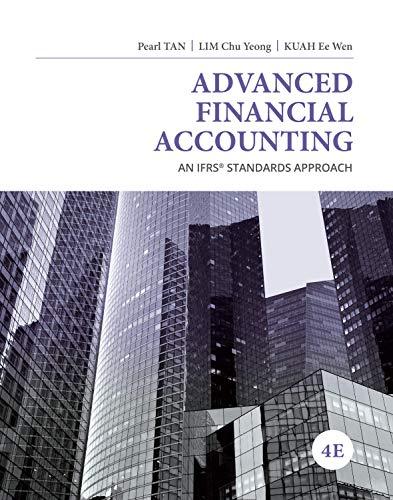Question
Quaker Oats successfully managed the widely popular Gatorade drink and thought it could do the same with Snapple's popular bottled teas and juices. In 1993,
Quaker Oats successfully managed the widely popular Gatorade drink and thought it could do the same with Snapple's popular bottled teas and juices. In 1993, despite warnings from Wall Street that the company was paying $1 billion too much, the company acquired Snapple for a purchase price of $1.7 billion. In addition to overpaying, management broke a fundamental law in mergers and acquisitions: Make sure you know how to run the company and bring specific value-added skill sets and expertise to the operation.
In just 27 months, Quaker Oats sold Snapple to a holding company for a mere $300 million, or a loss of $1.6 million for each day that the company owned Snapple.2
When finalizing an M&A deal, it is often beneficial to include language that ensures that current management stays on board for a certain period of time to ensure a smooth transition and integration since they are familiar with the business. This can help an M&A deal be successful.
Quaker Oats' management thought it could leverage its relationships with supermarkets and large retailers; however, about half of Snapple's sales came from smaller channels, such as convenience stores, gas stations, and related independent distributors. The acquiring management also fumbled on Snapple's advertising, and the differing cultures translated into a disastrous marketing campaign for Snapple that was championed by managers not attuned to its branding sensitivities. Snapple's previously popular advertisements became diluted with inappropriate marketing signals to customers.
While these challenges befuddled Quaker Oats, gargantuan rivals Coca-Cola (KO) and PepsiCo (PEP) launched a barrage of new competing products that ate away at Snapple's positioning in the beverage market.
From the reading and your own research:
Conduct a force field analysis of the merger of these two entities.
Why did the winning bidder fall prey to the winner's curse? Provide examples.
What strategies could have been implemented to avoid Quaker's bounded awareness?
Provide references. Please
Step by Step Solution
There are 3 Steps involved in it
Step: 1

Get Instant Access to Expert-Tailored Solutions
See step-by-step solutions with expert insights and AI powered tools for academic success
Step: 2

Step: 3

Ace Your Homework with AI
Get the answers you need in no time with our AI-driven, step-by-step assistance
Get Started


